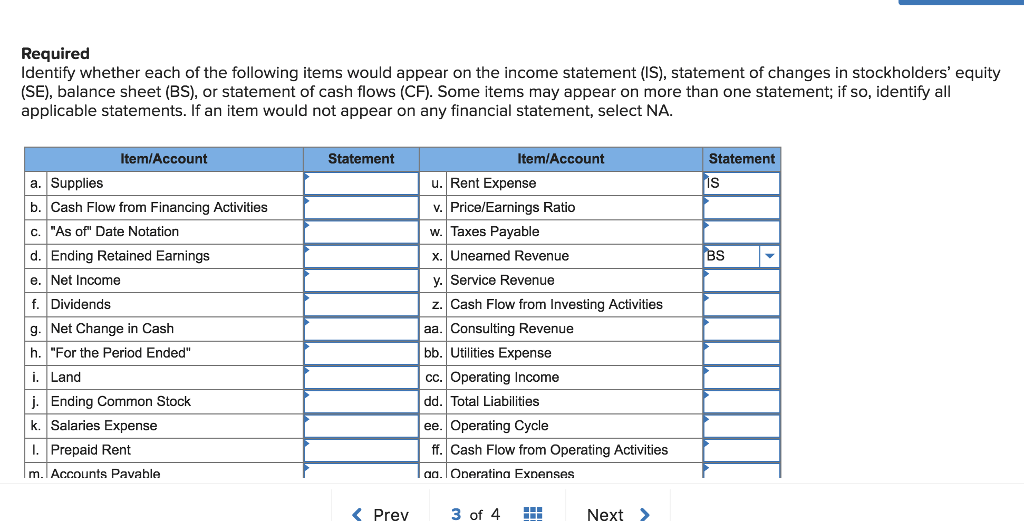
If you are in a competitive market, where you are one of many vendors, having short payment terms might disqualify you. One is to shorten the days that the invoice is due, from 30 to 10 or 7 (there’s also the option of net 15 or net 21). However, while this means you are expecting your money faster, it also makes it more difficult and gives less room for your clients. With short-term credit extensions, small/micro businesses and freelancers are in danger of not having enough leverage to have their invoices paid. Technically, net 30 is a short-term credit that the seller extends to the client. The job or service is already completed, but the client hasn’t paid yet.
Offering net terms means that some of your cash will be tied up in inventory and your accounts receivables while you’re waiting for payments to come through. You’ve essentially sold the product — but don’t have the cash in hand to show for it. Depending on the health of your business, you may run into cash flow problems. As a result, you may need to negotiate your own extended payment terms with your suppliers. You may need to ask for extended terms for your own company as you wait until your customer pays you. Offering net terms may lead you to ask for supplier terms, in effort to stabilize your own cash flow and ease capital requirements.
An advantage of using a Net 30 invoice payment term is that buyers are more incentivized to purchase if there is an option to delay payment. A Net 30 payment term means the merchant expects the buyer to make payment in full within 30 days of the invoice date. Keep in mind, however, that if you don't meet the payment terms and pay within that 10-day window, you'll have to pay the entirety of that invoice with no discount. Remember that this includes weekends and holidays, not just business days.
On this page, you’ll learn what net 30 terms are, get an overview of similar terms, and explore alternatives. The most important thing in determining which payment terms are best for your invoicing is to look at your company structure, revenue streams and cash flow and take those into account. The advantages of COD purchases are great for consumers with credit cards, as they minimize the risk posed by scammers online.
Small Business Invoicing Marketing Entrepreneurship Freelancing
Learn to get paid faster in accounts receivable and save money in accounts payable with a clearer understanding of net 30 and early payment discounts, such as 2/10 net 30. Net 30 is a term used on invoices to describe the deadline for payment of an invoice. Net 30 means that payment is due within 30 days of when the invoice is received. Essentially, a seller who sets payment terms of net 30 is extending 30 days of credit to the buyer after goods or services have been delivered.
One of the most popular payment terms in the freelance world is net 30. Businesses that offer net-30 terms look at potential new customers’ credit before approving them. A customer with bad credit can turn into bad debt for the business because they may be less likely to make the payment due. That’s why it can be more challenging for a new business to get net-30 terms because they don’t have credit established. A net-30 payment terms letter will spell out how, when, and under which conditions a vendor expects to get paid when it sells you goods or services. Other common invoice payment terms are Net 60, 1/10 Net 30 (1/10, n/30) and Due on receipt.
QuickBooks Commerce: Inventory & order management software
If you have plenty of cash on hand, have many different clients, and could survive a few late payments from them, net 30 might help you gain more clients. Although it’s most common in the world of big business, small businesses in consulting, graphic design, software development, and other service industries will sometimes also offer net 30. It really depends on the nature of your business and how generous you’re willing to be with your clients. You deliver goods and services immediately and keep track of the debt they owe you using your accounts receivable. In an ideal world, sending an invoice should be enough for a customer to pay their bill.

Instead of being paid at the time of service or delivery, you’ll be waiting a month. Additionally, you’ll often need to build back-end processes to support the extended payment terms (e.g. more advanced accounting software, invoicing software, etc.). The term net amount on an invoice refers to the cost of products or services before taxes. The term Net used with an additional number (like net 30) refers to payment terms. Net 30 on an invoice means that your invoice is payable in 30 days or before.
What Are the Alternatives to Net 30 Terms?
If that happens, the seller has to carry the costs of shipping the returned items. Payments are normally made in cash, money order, or other agreed upon payment method. It is more important to have payment as soon as possible than to have the full payment.
Moura Coal and Country Festival crowns 2023 Queensland coal-shovelling champion - ABC News
Moura Coal and Country Festival crowns 2023 Queensland coal-shovelling champion.
Posted: Tue, 22 Aug 2023 00:23:32 GMT [source]
Nav uses the Vantage 3.0 credit score to determine which credit offers are recommended which may differ from the credit score used by lenders and service providers. However, credit score alone does not guarantee or imply approval for any credit card, financing, or service offer. Business credit cards can help you when your business needs access to cash right away. Some business vendors and lenders may request or require a personal guarantee (PG). With a PG, you agree that if your business doesn’t repay the debt, the lender can try to collect from you personally. While it’s best to avoid PG’s when possible, they may be required in some cases, especially when your business is young and hasn’t established strong revenues and/or business credit.
For more financial tips
The act of getting payment up-front or at the time of service is nearly impossible if you sell to larger businesses frequently. We hope our guide was helpful in deciding whether or not net 30 is the right payment term for your business. If you want to reinforce earlier payments than 30 days, net 7 or net 15 are great options. Some small business owners may find that the benefits of offering net 30 terms far outweigh the drawbacks. While customers may get confused about when the net 30 period starts, it’s always based on the invoice date. Net 30 is a common credit term used by freelancers as a way to charge their customers.
"Net 30" is a shorthand term used on invoices to indicate that a customer has 30 days to pay. This simple concept connects to other areas of business operations, including customer communication and accounting. Net 30 payment terms are among the most common invoice payment terms, but whether they’re ideal for you depends on your business, goals, and other factors.
Is a Net 30 Term Right for Your Freelancing Business?
If their payments to you aren’t due immediately, barriers to purchasing are removed and this gives them the chance to sell their goods and services before paying you. Some companies may count the date that an invoice is postmarked (day of mail delivery) or sent (email) or even when the goods and services are delivered. These details are usually made available to the customer beforehand. Typically, everyone agrees on the invoice terms when the sales agreements are made. Until you receive a payment, your cash flow is tied up in the inventory and services you’ve provided to your clients. Realistic net terms — like 30 or 60 days — allow businesses to receive their payments at an expected time every month.
- Pay early, on the other hand, and you might earn a credit score boost.
- In all cases, the number refers to the number of days a customer is given to pay the full amount.
- In some cases, staying on top of your vendor and supplier invoices can also save you money.
- A Net 60 payment term means that the buyer has 60 days from the date of completion to pay for the order.
It requires the customer to put money upfront before even inspecting the goods for errors or quality. It can also create cash-flow problems for Net 30 payment terms import/export businesses. This type of transaction is very common for import/export industries, as it reduces the risk of fraud or default.
Invoicing doesn't have to be scary
Before we dive into what the full implications of these terms are, including their advantages and disadvantages, let’s quickly look at what they mean.
5 Smart Reasons to Use Net 30 Payment Terms (or Not) - The Motley Fool
5 Smart Reasons to Use Net 30 Payment Terms (or Not).
Posted: Wed, 18 May 2022 16:59:58 GMT [source]
To reduce late payments, businesses should set manageable expectations around payment terms, including discount terms, end-of-month terms, or net terms, like Net 15, Net 30, Net 60, or Net 90. Whichever you prefer, knowing the ins and outs of payment terms like these can make or break your business. When you see “net 30” on an invoice, it means that the client can pay up to 30 calendar days (not business days) after they have been billed. It’s essentially a form of trade credit that you’re extending to the customer. The main benefit is that it lets you take on more clients than you would if you instead required immediate payment for your goods and services. Offering net 30 trade credit lets you serve businesses that might not have a big pile of cash lying around, such as small businesses.

Late payers create a lot of extra work (see #3) and even with all of that extra work, they still may never pay. For example, if you want to offer a 2% discount to customers who pay early, you can change the billing term to 2/10 net 30. If you frequently sell to larger businesses, you’ll understand that sometimes the act of getting payment up-front or at the time of service is next to impossible. In the following example, your net 30 payment term can be placed in the “terms” section of the invoice. There is also a “due date” at the top that clarifies what day payment is due.
The company is willing to give a lower price in order to have cash more quickly. For the most part, without any sort of punishment, your clients won’t have any real incentive to pay you on time. Therefore, these smaller businesses can get stuck in a trap of having to work for essentially no pay for possibly a long time. However, for small (or micro) businesses and freelancers, net 30 can be a trap.
